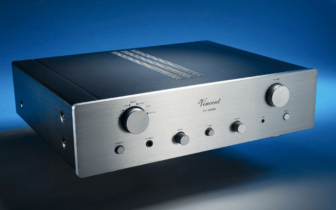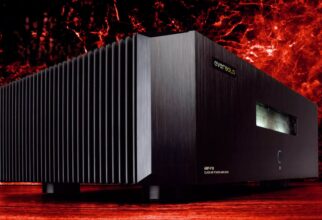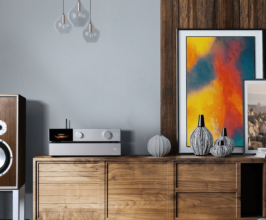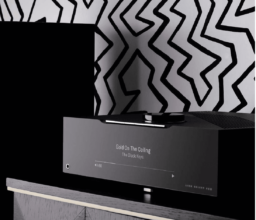Cambridge Audio EXN100 vs Cambridge Audio EXA100
With the new EX series, Cambridge Audio aims to bridge traditional British hi-fi and modern media. While the mass is unevenly distributed, the duo of amp and streamer plays perfectly together.
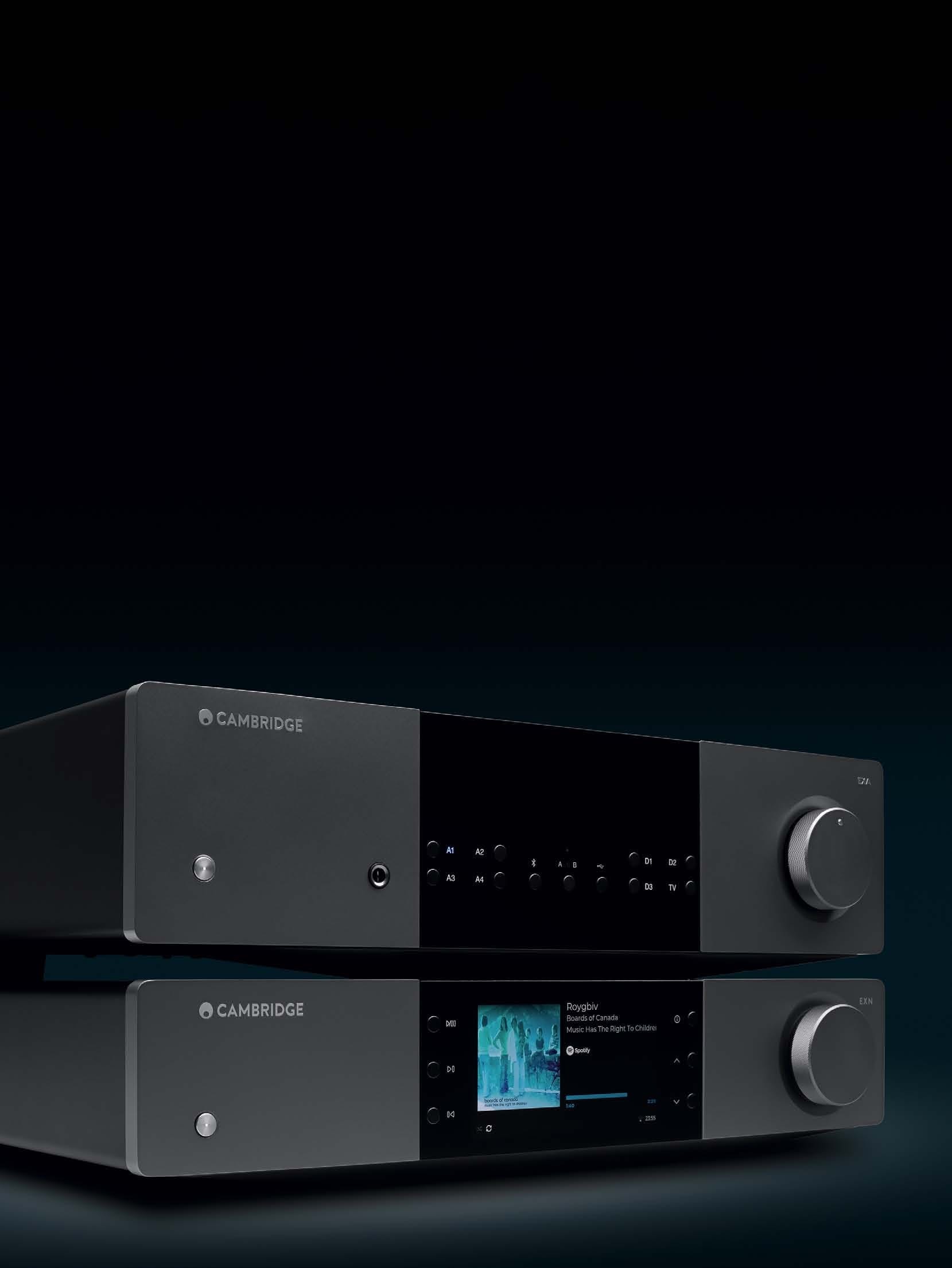
Cambridge Audio is currently on a roll. The new headphones and the all-in-one streaming speaker system Evo One are well-received, competing in interest on par with major brands from the Far East or the USA. When I started with hi-fi tests, Cambridge Audio under owner and chief developer Stan Curtis was still a niche brand for enthusiasts and insiders—just think of the world’s first
CD players with 32 or 16 times oversampling from the ’80s. The latter is in my collection, where it stood out more for its cult status than reliability. What makes the brand so strong today, besides professional workmanship, is the concept of not only developing the devices in England but also professionally programming streaming software in-house and always keeping an ear to the market.
Classic and Modern
The hi-fi world was accordingly excited when the English announced a new series of hi-fi components. They are set to succeed the already legendary Azur 851, which was something like the epitome of accessible, solidly built, and great-sounding high-end audio. In another respect, the new EX devices, as they are called, follow their historical predecessors: modernity and connectivity are emphasized. This is especially true for the network streamer EXN100. It features the proprietary streaming engine StreamMagic in its fourth generation, which we already know from the more affordable CXN100 that we tested.
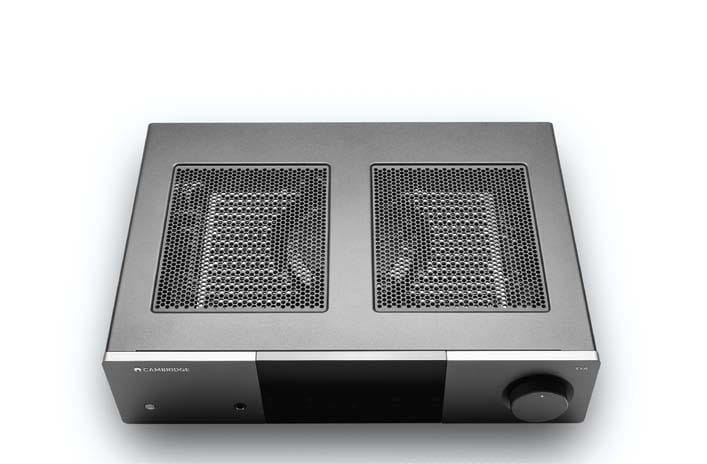
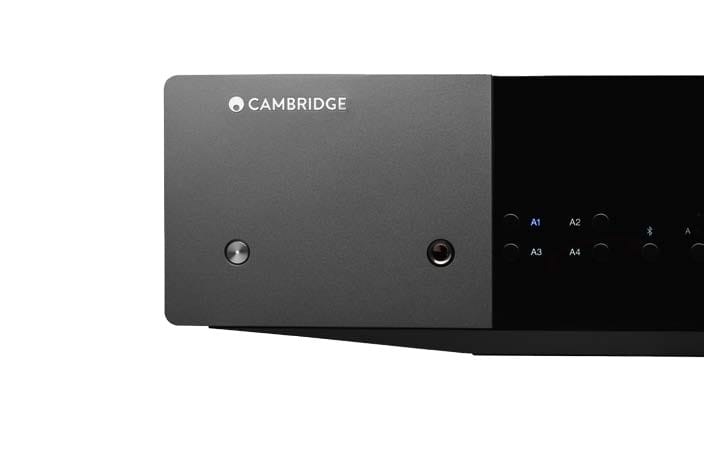
There wasn’t much to improve on the D/A converter itself; the EX class also uses the ESS Sabre32 ES9028Q2M Reference DAC. This allows resolutions up to 32-bit PCM at 768 kHz or DSD with 512 times the base frequency. The latter corresponds to eight times the resolution compared to SACD and DSD64. However, in the analog section and volume control of the EXN100, greater effort was made and it was technically upgraded: both the fully balanced XLR outputs and the RCA jacks are equipped with finer and more powerful circuits.
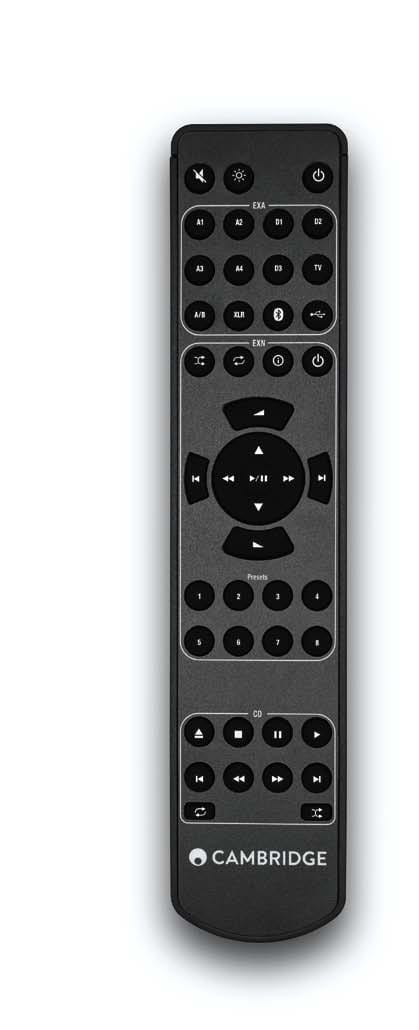
The feature list of the EXN100 largely resembles that of the CXN100, which is not surprising on the software side. Those who want to integrate the new streamer into an existing high-end system will appreciate the coaxial and optical inputs and outputs. An even more powerful connectivity tool that the CXN lacks is the HDMI eARC connection. This is where the TV connects, which can not only pass its audio signals in high-resolution and unadulterated digital form to the streamer with its high-quality converter but also takes over source selection and volume control via its remote control. This is particularly practical when family members without the StreamMagic app on their smartphones want to benefit from the better sound of the system.
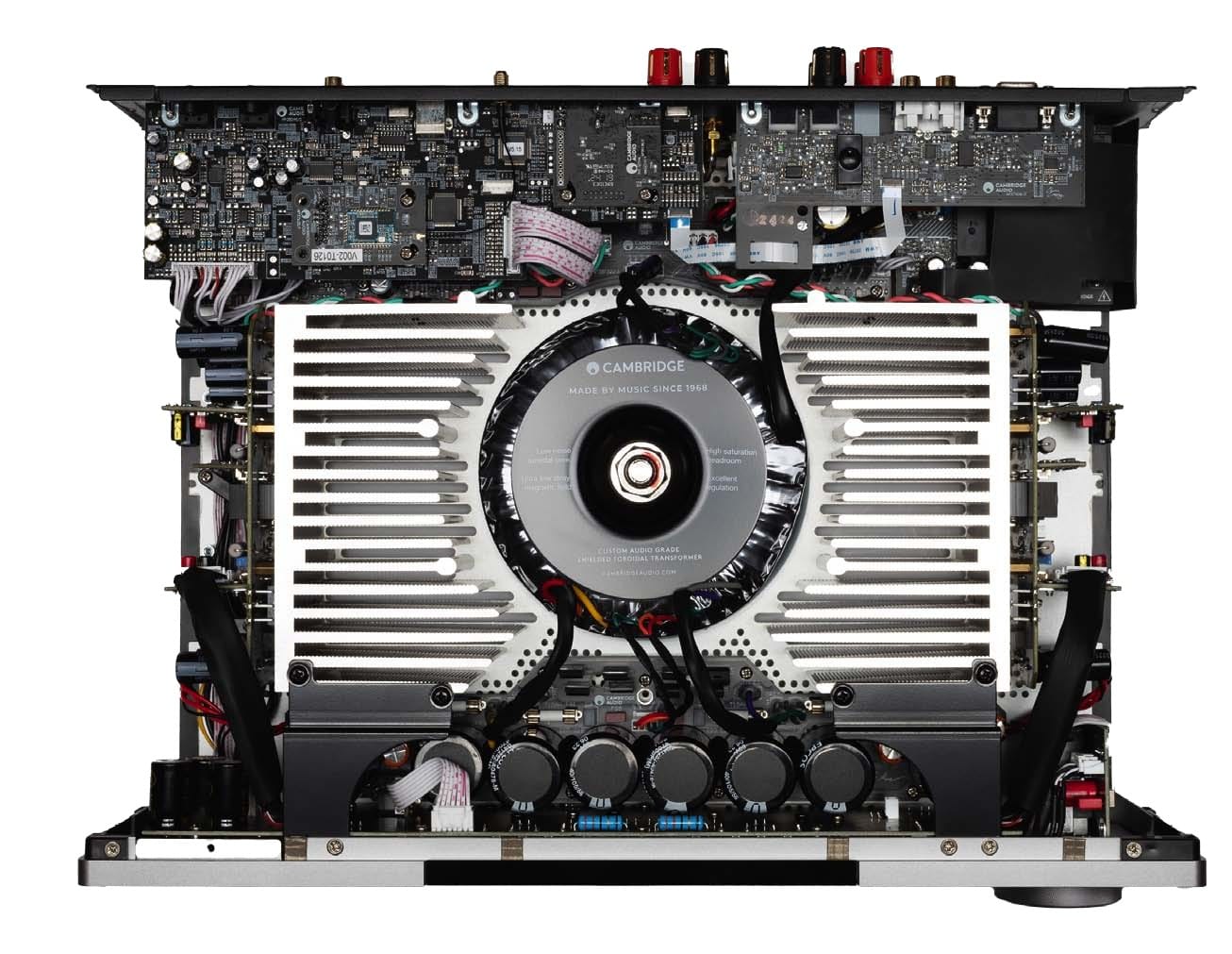
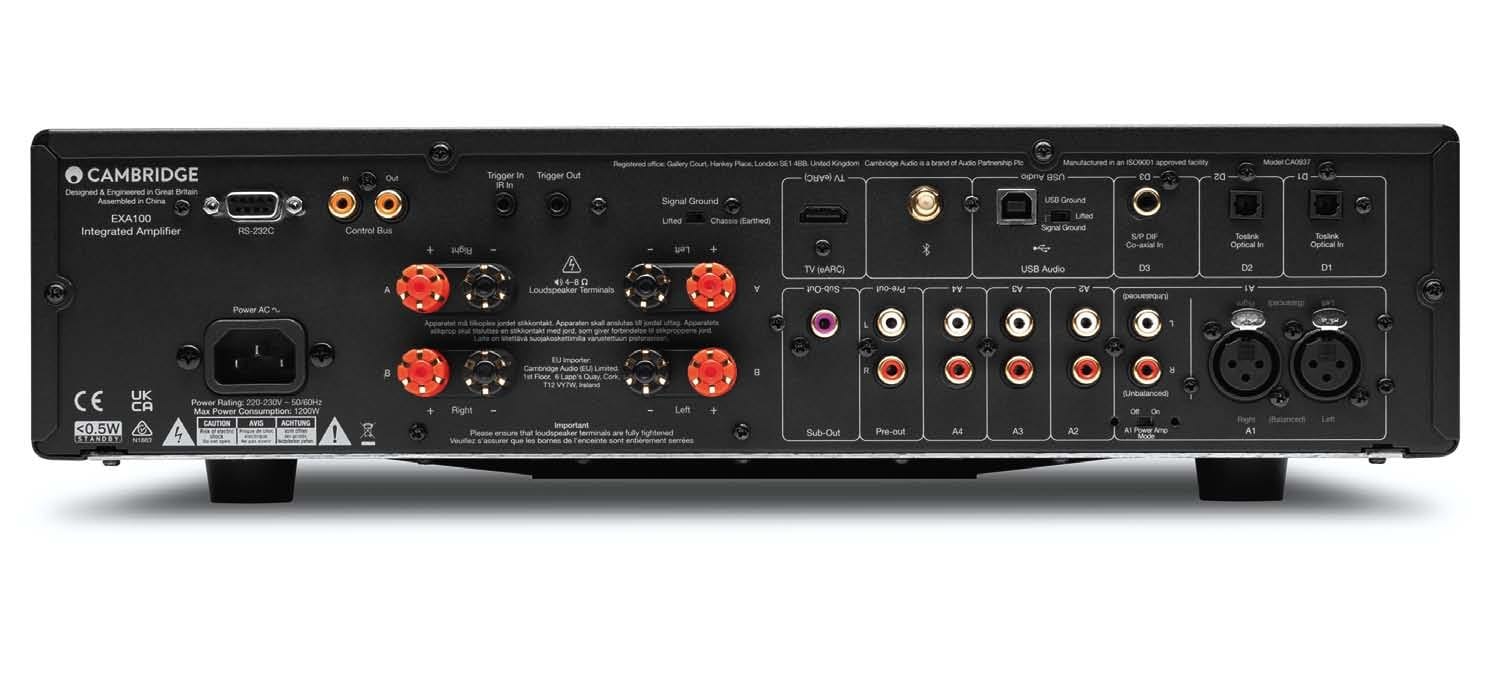
The EXN100 can also be switched to preamplifier mode, becoming the heart of a modern system, for example by direct connection to active speakers or power amplifiers. The large, solid volume knob, inherited from the ultra-high-end components of the Edge series, serves this purpose as well. A turn activates the fine-step volume control in the oversampling section of the DAC chip. This allows the level to be sensitively adjusted without truncating the actual digital signal or impairing the signal-to-noise ratio. According to the developers, this happens via a “Soft Ramping” algorithm without artifacts, making downstream level control unnecessary.
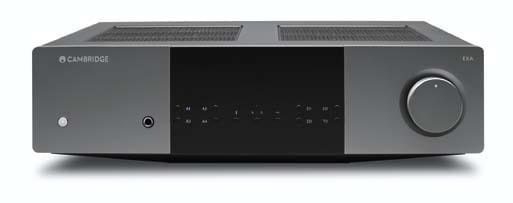
Cambridge Audio EXA100 Technical Specs
Model: Cambridge Audio EXA100
Distributor: Cambridge Audio Germany
Phone: 04101 8099810
Website: cambridgeaudio.com
List Price: $2,310 (converted from 2,200 Euros)
Warranty Period: 2 years
Dimensions (W x H x D): 43 x 11.5 x 34.1 cm
Weight: 12.8 kg
Connections
- Phono MM/MC: – / –
- High-Level RCA/XLR: 3 / 1
- Digital In (Optical, Coaxial, USB): ● / ● / ●
- Tape Out: –
- Pre Out RCA/XLR: ● / –
- Headphone Output: ●
Features
- Remote Control: ●
- Tone Control/Bypass: – / –
- Loudness: –
- Special Features: Subwoofer Output
Pros & Cons
Pros:
- Powerful, balanced sound
- HDMI-eARC input
- Bluetooth interface
Cons:
- No phono input
Test Results
- Sound Quality (RCA/XLR): 10/10
- Features: 9/10
- Ease of Use: 9/10
- Build Quality: 9/10
Audio Benchmark
- Overall Score: 10/10 (164 Points converted)
- Price/Performance: Outstanding
From the purists’ point of view, the EXN100 may not meet only one classic high-end criterion: it is solid and looks great but is nowhere near as heavy as other high-end behemoths wrapped in aluminum. Intentional, say the developers at Cambridge, because with a streamer featuring highly integrated circuits, that’s simply not relevant to sound quality.
Cambridge EXA100 Performance Measured
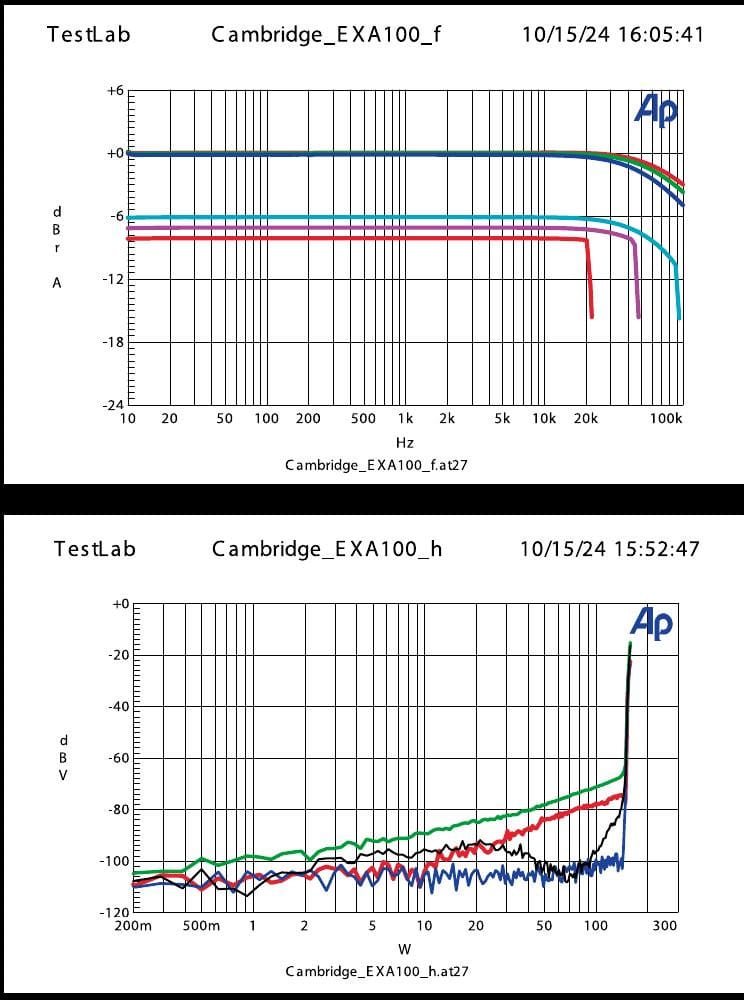
No load dependency of the frequency response at 8/4/2 Ω, below digital tone fs 192/96/44.1 kHz. Harmonic distortion 2-5 over power: only very low distortions up to the clipping limit. Low noise and distortion: SNR RCA/XLR/Digital 105/104/105 dB (10 V, weighted); THD+N 0.007%/1 W. Power amplifier output matches manufacturer’s specification: Sine 8/4 105/160 W (“100/155 W”); plays stable on low-impedance and complex loads, music power 4/3/2 Ω: 169/193/219 W. Not self-evident for integrated amplifiers: The EXA100 optimally supplies low-impedance and voltage-hungry headphones (output impedance 1 Ω; 4/8 V at 32/300 Ω). Power consumption: Standby/Operation 0.4 W/56–600 W. AUDIO Index 64 (6.4/10)
Power Source
Even more so with an amplifier. The EXA100 is a high-end amplifier straight out of the textbook. Not only does it weigh a hefty 12.8 kilograms. The particularly solidly made top cover also allows a view of the impeccably clean layout: in the middle is a classic toroidal transformer, framed by a heat sink on the left and right with corresponding cutouts in the cooling fins. This allows the output stages for the left and right channels to be neatly separated in the sense of a dual-mono design. Rectification and smoothing capacitors are located between the toroidal transformer and the display, which not only enables the shortest but also symmetrical cable paths.
The streamer relies on modern highly integrated circuits. The amp trusts in classic ingredients and mass.
The circuit is otherwise particularly classic high-end: The MOSFET output transistors operate in Class A/B mode with an especially high power threshold between Class A and Class B. This causes a certain amount of waste heat, so you should either place the EXA100 freely or plan it as the top component of a stack. The power of many lighter amplifiers of this doubly traditional design never grew sky-high at Cambridge Audio either. The EXA100 is therefore also a response to all those who wanted a little more power from the CXA amplifiers. The EXA100 delivers it.
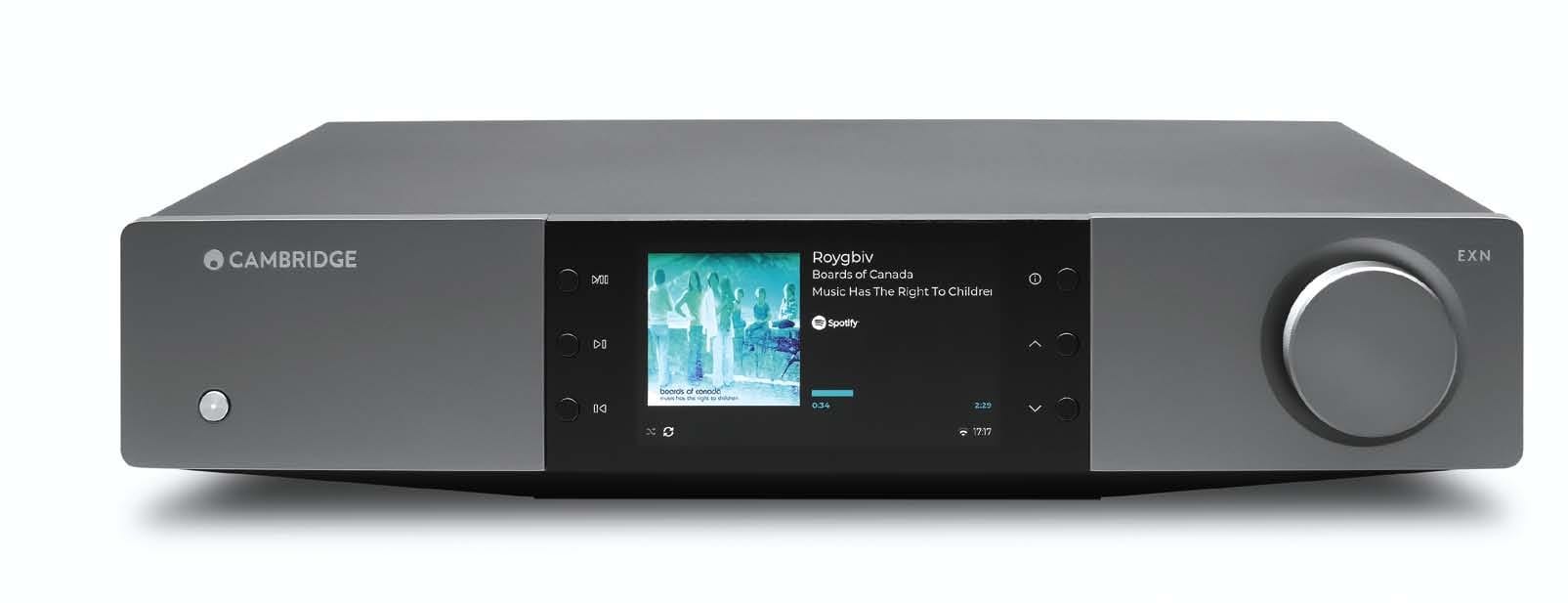
As classic as the output stages are, the amplifier presents itself just as modern in the disciplines of playback and connection. It not only has a very high-quality DAC of the type ESS Sabre ES9018K2M, which easily converts signals up to 384 kHz at 32-bit or DSD256 into analog signals. With optical, coaxial, and USB-B inputs, it can also be fed with music streams in a variety of ways. High-end detail on the side: since the latter, due to the galvanic connection to computer and network, are often an entry point for ground loops, but many high-enders also want to experiment with the mains phase, the computer input and the analog part can be separated from the ground potential.
But a future-proof connectivity concept doesn’t end there. A Bluetooth receiver with the highest codec level Apt-X HD ensures the most convenient way of playback. Additionally, the amp has another HDMI eARC connection. Cambridge Audio deliberately chose this duplication with the input of the network streamer so that both the streamer and the amplifier can be operated individually as the central unit of a modern hi-fi system with TV connection.
In the listening test, the flexibility and performance of the StreamMagic app were convincing. The EXN100 quickly made it clear that it is absolutely not a lightweight in terms of sound. In “Sing It Back” by Moloko, bone-dry, powerful bass drums met finely chiseled brushes. The imaging had something tangible, three-dimensional. The transparency was also convincing.
As for the EXA100, it complemented the streamer perfectly, maintaining its equally high-resolution and fresh playing style. It also indulged with stable, three-dimensional imaging, excellent detail resolution, and transparency. And in the bass, it offered precision and substance to a convincing degree. Its power and control were easily sufficient to conjure up a lively, exceptionally precise performance in the listening room with the B&W reference speakers, which inhabit different price spheres—very confident for its class.
The App Check
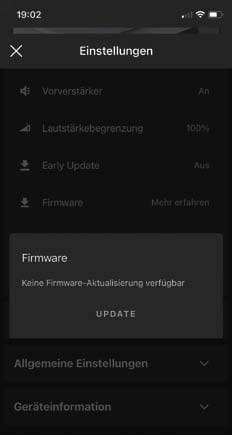
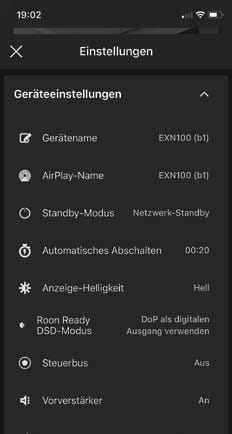
With the StreamMagic app and the associated streaming modules, Cambridge has really done an excellent job in supporting online music services and streaming protocols. The app, available for iOS and Android, offers deeper setting options around energy saving and also allows the streamer to be transformed into a preamplifier.
Streamer Quick Check
- LAN: ✔
- Wi-Fi (WLAN): ✔
- iOS Compatibility: ✔
- Android Compatibility: ✔
- AirPlay Support: ✔
- Google Cast Support: ✔
- Bluetooth Support: ✔
- aptX Codec: ✔
Supported Streaming Services
- Spotify: ✔
- Tidal: ✔
- Qobuz: ✔
- Amazon Music: ✔
Cambridge EXN100 Measured Performance
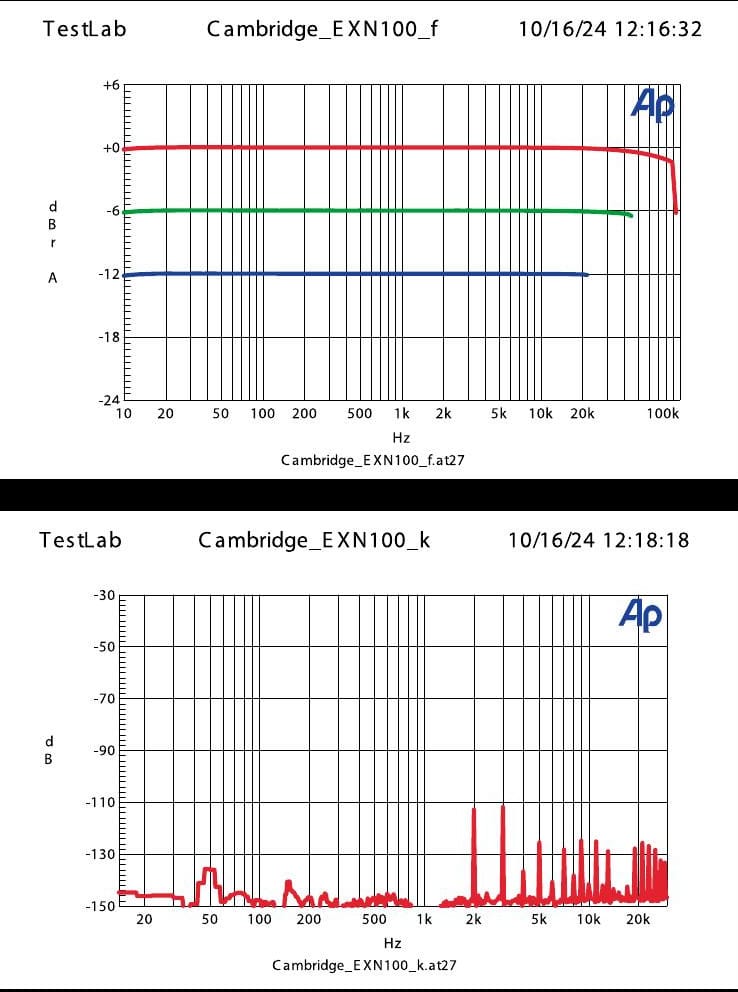
The frequency responses are perfectly linear in the audible range. At 44.1 kHz sampling rate (blue), the anti-aliasing filter has an upper cutoff frequency of exactly 20 kHz. Impulses/square wave edges have only short pre- and post-ringing in the oscilloscope display (without illustration). 1 kHz/0 dBFS distortion spectrum at RCA output: no mains hum even with LAN cable plugged in, low noise floor, only very quiet harmonic components recognizable. Correspondingly good signal quality with minimal distortion and noise residues: THD+N 0.001%; SNR 121/124 dB (RCA/XLR, weighted). 0 dBFS output voltage RCA/XLR: 2.1/4.2 V. Output impedance RCA/XLR 46/92 Ω. Power consumption standby/operation 1.8 W/9 W.
Cambridge Audio EXN100 Tech Specs
Model: Cambridge Audio EXN100
Distributor: Cambridge Audio Germany
Phone: 04101 8099810
Website: cambridgeaudio.com
List Price: $1,890 (converted from 1,800 Euros)
Warranty Period: 2 years
Dimensions (W x H x D): 43 x 9 x 30.5 cm
Weight: 4.1 kg
Connections
- CD Drive / Inputs: – / ●
- Storage (USB / SD / Internal): ● / – / –
- Analog Out / Headphone: RCA, XLR / –
- Digital Out (Coaxial / Optical / USB): ● / ● / –
- Network (LAN / WLAN): ● (100 Mbps) / ●
Features
- Display: ●
- Bluetooth (Send/Receive): – / ●
- Network Protocols: Apple AirPlay 2, Chromecast, UPnP DLNA, Tidal Connect, Spotify Connect, Roon Ready
- Internet Radio: ●
- Streaming Services: Spotify Connect, Tidal Connect, Qobuz, Deezer
- Resolution / Sampling Rate / MQA: 32 Bit / 768 kHz; DSD512 / –
- Remote Control / App: – / ●
- Gapless Playback: ●
- Cover Display: ●
- Special Features: Preamp Mode
Pros & Cons
Pros:
- Excellent sound quality
- Versatile usability
- RCA and XLR outputs
- HDMI-eARC input
Cons:
- Doesn’t feel as robust as the amplifier
Test Results (Converted to a 10-Point Scale)
- Sound Quality: 10/10
- Features: 9/10
- Ease of Use: 9/10
- Build Quality: 8/10
Audio Benchmark
- Overall Score: 10/10 (130 Points converted)
- Price/Performance: Very Good

CONCLUSION:
An affordable duo of amp and streamer that feels like a single unit, offering musicality at a very high level and leaving nothing to be desired in terms of source selection and streaming options.



